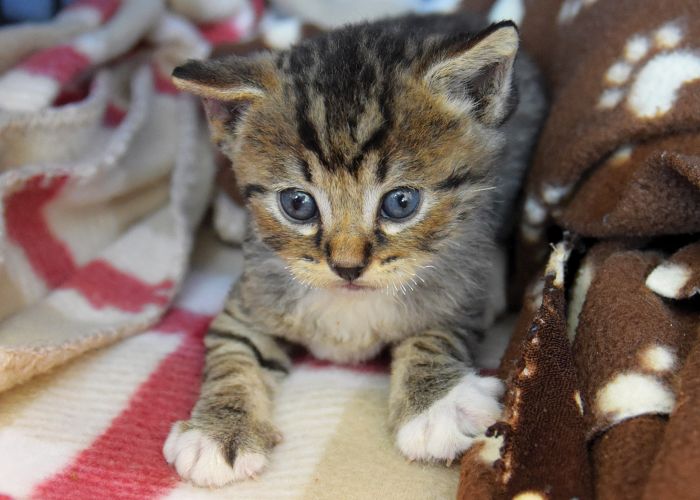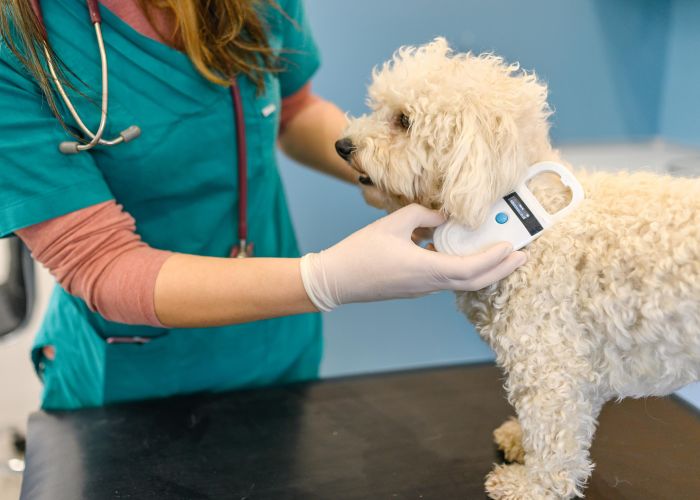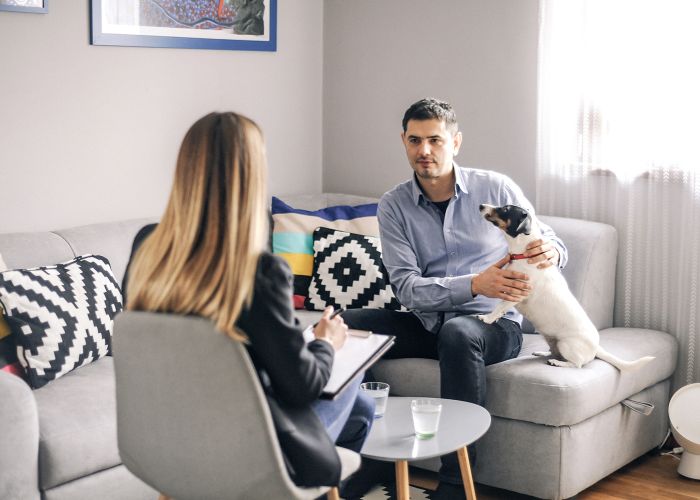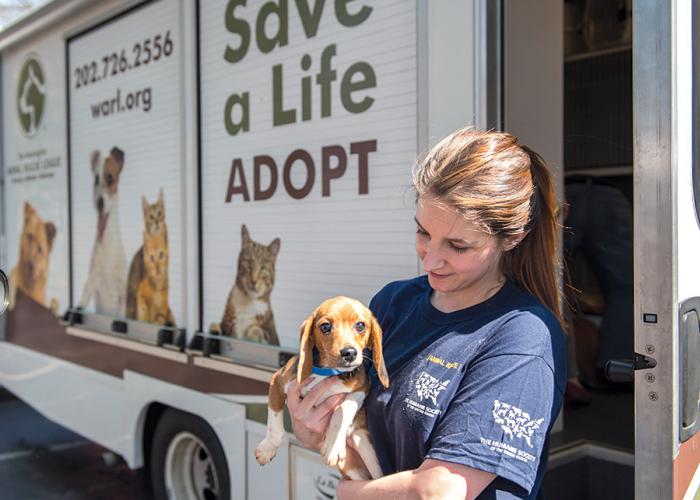Q&A: Fear Free approach shortens shelter stays
At Virginia shelter, every staffer acquires Fear Free certification
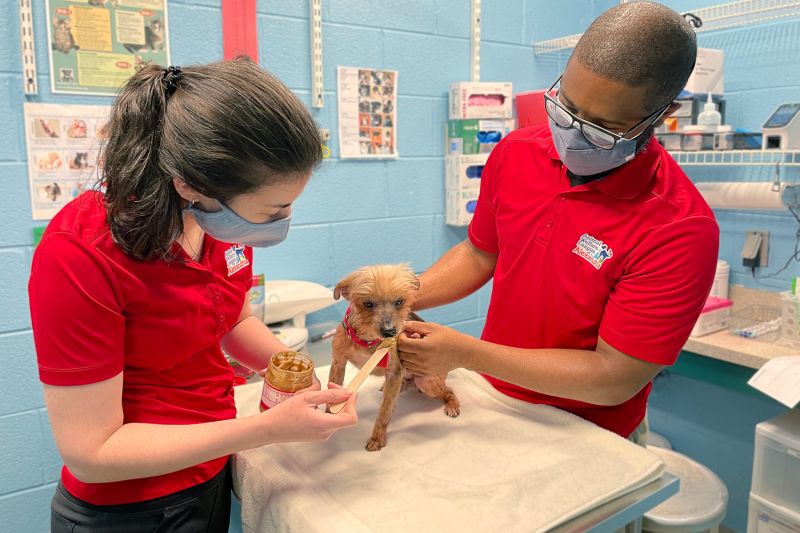
The Animal Welfare League of Alexandria in Virginia—a nonprofit shelter that provides the city’s animal services—has traditionally focused its staff trainings on making animals safer, more comfortable and more adoptable, says communications and marketing director Gina Hardter. When COVID-19 restrictions began in early 2020, the AWLA sent many of its animals to foster homes … and sensed an opportunity to take staff training to the next level.
Several staff members had already taken training through the Fear Free initiative, which offers free online modules to help shelter and rescue employees and volunteers reduce the stress that pets often experience in shelters. The AWLA decided to have all its staffers acquire Fear Free certification—a move Hardter calls “one of the best things we’ve ever done.”
In this edited interview with senior editor James Hettinger, Hardter discusses how the AWLA is using Fear Free techniques to make animals happier in the shelter and to speed their trips to new homes.
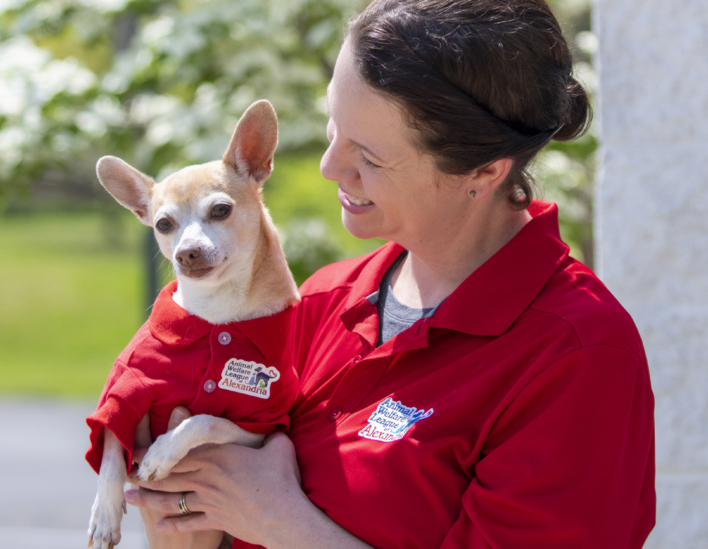
What impact has Fear Free training had on the shelter?
We changed things like our intake process. Part of this was because of the pandemic, but we realized that having people come into our lobby to surrender an animal—they have to sit there, they’re filling out paperwork, they may have a dog who’s on a leash sitting next to them, while in the meantime a lot of people are walking through, people might be adopting dogs and coming out with them—that’s so stressful for the animal and for the person.
So we’re now doing a planned intake system, which means all that paperwork can be done beforehand. People don’t have to sit there in the lobby potentially being very sad, and the animals don’t have to deal with that stress at that high-traffic area.
Our staff has even gone above and beyond to try and take things that we’ve learned and do a little bit more with them. We have one staff member who will take her lunch break every day, and she’ll just sit and read with one of our shy, fearful dogs who maybe doesn’t like being around people so much. It’s all at the animal’s speed, but those animals will tend to come around and ultimately be adoptable.
In the past, when we found dogs to be stressed in their kennel, we would try and put up some kind of barrier if they were stressed out by the things they saw walking by them. We formalized that process, so we now have a program where volunteers sew kennel curtains that run about half the height of the kennel. We do them for cats as well, just so they’re not necessarily stressed out by seeing other animals walk by.
Then we expanded that, because some animals wanted even more of a barrier; we now make sure all of our animals have hiding spots in their enclosures. So if they decide that they’re not ready to hang out and see people right now, they can go hide.
Have you seen a difference with the animals in the shelter?
I think we have. Providing things like kennel curtains and hiding spaces, it’s not something where you would necessarily see an impact right away, but you see how some of those shyer and more fearful animals have their own time and space to come around. We’ve seen animals who we were expecting to be shy, maybe not ready to meet people, come around more quickly because we’re giving them a little more agency to do so.
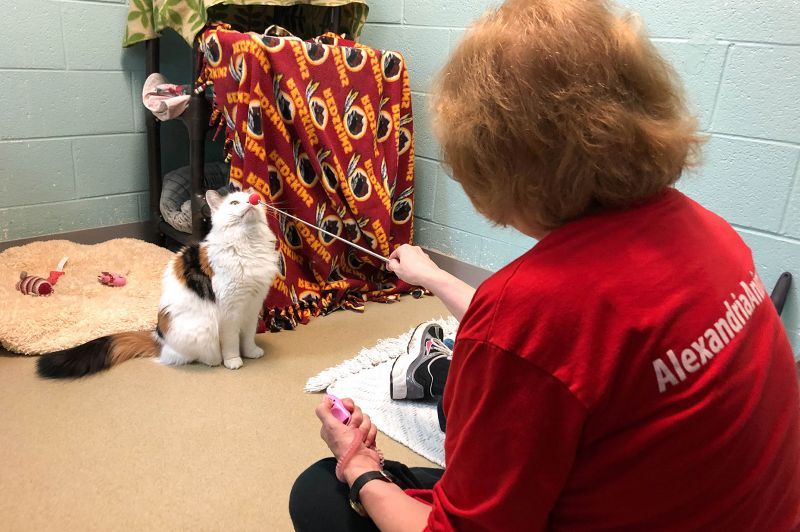
Why is the Fear Free approach necessary? Is it just because shelters are an inherently unnatural setting?
That’s certainly the biggest reason. Any animal that is stressed, you’re going to see that affects them in some way. It might be their health, because they’re not eating, or because they’re not sleeping, or because they are constantly up and pacing if they’re stressed.
They don’t know where they are, and they don’t know what comes next, and so that would affect their behavior. But the more comfort we can give them, it’s just going to affect their health for the better.
Ultimately that means their stay at the shelter is shorter because we’re getting them through processes more quickly, they’re feeling more comfortable, they’re looking more adoptable, and they’re really ready to move on to that future home, and that’s what’s going to be best for them.
Everyone who works in shelters is very busy, and there’s always a question of whether you have time for something like Fear Free training. But you managed to do it.
That’s true. We did benefit from the fact that when we decided all of our staff are going to undergo the training, it was in the interim while we were figuring out how to switch to virtual adoptions and other processes during the pandemic. Because we weren’t in the normal shelter structure, it did allow a little bit more time.
But we’re now somewhat back to normal, and we have all of our new staff undergoing the training as part of their first couple weeks; it really doesn’t take a lot of time. It’s something that feels pretty natural to learn. I don’t think anybody is going to feel like they walked out of it taking the hardest test they ever had to take.

Anything else you’d like to share?
We’re really proud of this one, and it’s something that our volunteer team spearheaded. We have set up daily enrichment stations, so that every day our dogs, our cats and our small animals get a different kind of enrichment.
Some days for dogs it might be frozen Kongs; some days it might be peanut butter-smeared Frisbees. For cats, we have things like toys that are covered in catnip. These things are meant to keep their minds stimulated and to keep them engaged in the kennel, so they always know they have something midday that’s going to be really exciting for them.
If the animals keep their minds busy, they’re going to feel happier and healthier. If they’re getting a treat—and they know they’re going to get a treat on a daily basis—they’re going to feel happier and healthier. It’s really fun to just watch: You’re coming with your bucket of Kongs, and the dogs just know, and they’re just there and ready because they know something good is going to happen—which is the opposite of fear and exactly what we’re hoping to see.


